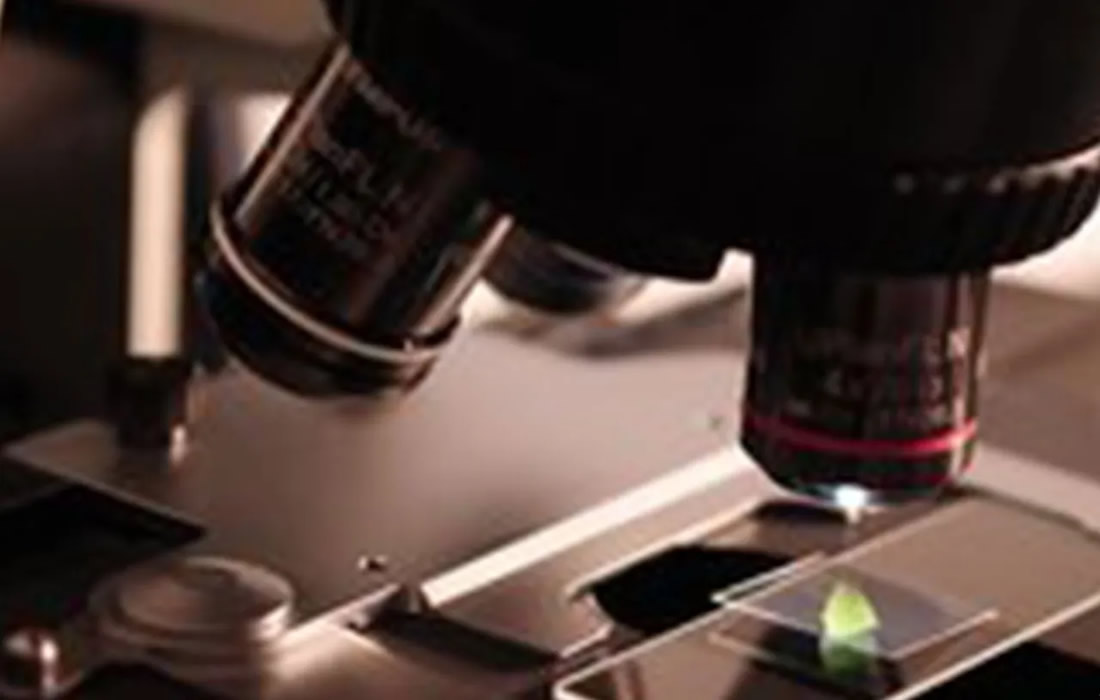
New Era of Glyphosate Testing in Food Redux
Since the release of our glyphosate/AMPA test results for Food Democracy Now!, we have received some criticism based on a lack of understanding of the testing methodologies we utilized.
Anresco Laboratories does not usually release any information on the testing/results of our clients due to confidentiality, however Food Democracy Now! has authorized us to publicly discuss their results.
The points made by some critics have now all been directly addressed. Critics of our testing methods have stated they will withdraw their criticisms. However, due to the growing public interest in our glyphosate/AMPA testing, we feel the following clarifications may be helpful:
1) Our job, in this case, was to quantify glyphosate and AMPA (if present) in certain food products, not to qualify the findings. Not every sample we tested came back positive for pesticide residues.
2) We repeated every sample several times to confirm the finding. This included samples that were both positive and negative for Glyphosate residues. We did not test only once.
3) The assumption that we did not perform spike recoveries is incorrect. We spiked every sample prior to extraction with deuterated Glyphosate and AMPA internal standard. We also spiked every batch of sample of the same commodity. We were forthright about the samples where our spike recoveries were low.
4) We did not use a single method “designed for beer and barley tea” for all samples. We used a variety of methods (some mentioned here), modified them for each commodity type, and validated their efficacy before publishing results. This process took countless hours by our senior staff (27+ yrs experience, 15+ yrs experience, 20+yrs — in pesticide residue analysis).
5) The samples were not provided by our customer but collected ourselves without bias from different supermarkets and delivery services in California.
6) A note from one of our chemists: “We think that an experienced and knowledgeable chemist who is working on pesticides and herbicides in general and with Glyphosate in particular, would not say that the findings of glyphosate, which we reported on the LCMSMS, is noise or a false positive. The signal to noise of our lowest standard is over 100 counts. For the finding of above 1000 ppb of glyphosate in a sample, this is an unmistakable finding on an LCMSMS considering the Limit of Quantitation was between 2 to 5 ppb. As to whether or not the peak of interest is or is not Glyphosate, a blank unspiked sample and one that was spiked with only the internal standards were tested prior to the full round of testing to determine whether or not interference would take place around the time where Glyphosate and AMPA elute off the column. We also would like to point out what is missing in the explanation is that when we analyze for any compound on the LCMSMS, we are looking at the molecular fingerprint. A minimum of 2 fragments of either Glyphosate or AMPA at the expected ion ratio is needed for confirmation besides the retention time match-up. Critics fail to adequately mention and explain the Limit of Quantitation and its significance to this and any analytical test in general. The Limit of Quantitation is clearly labeled on our reports as well as on the Food Democracy Now! report.”
We render no opinion regarding whether the levels of glyphosate or AMPA we found are safe or not — that is for toxicologists, regulators, etc. to decide. We are, however, confident in our findings and are willing to robustly defend them.